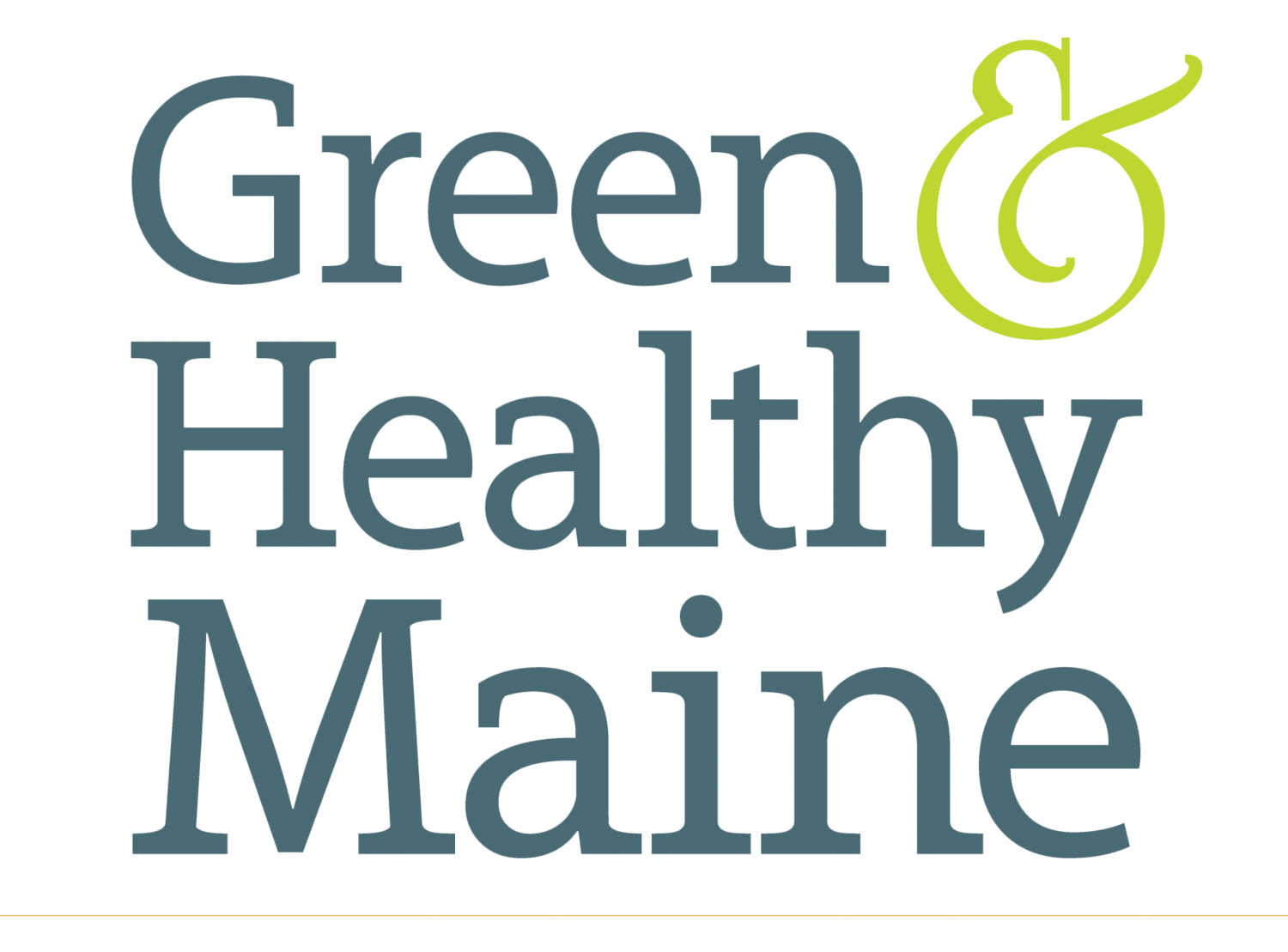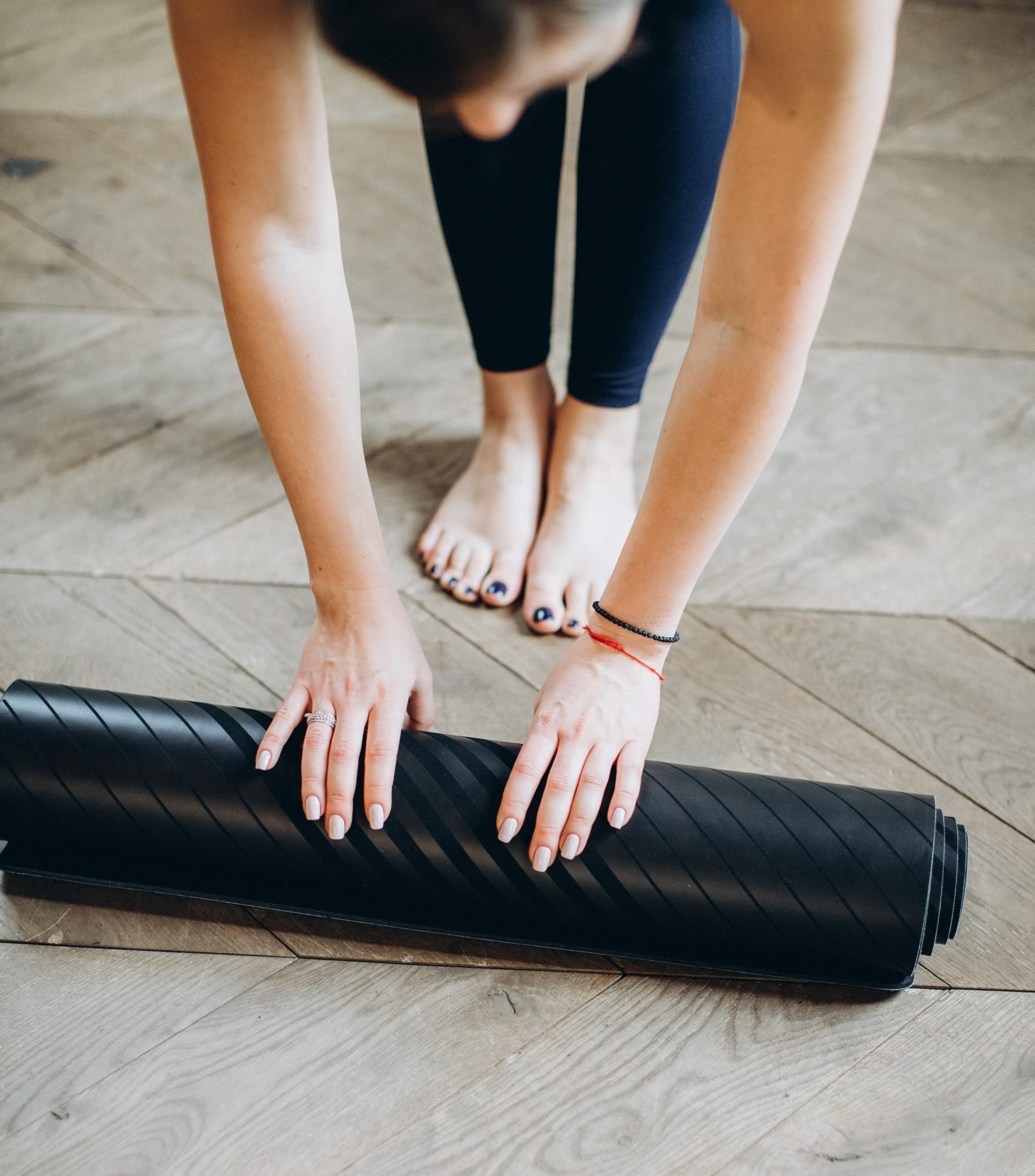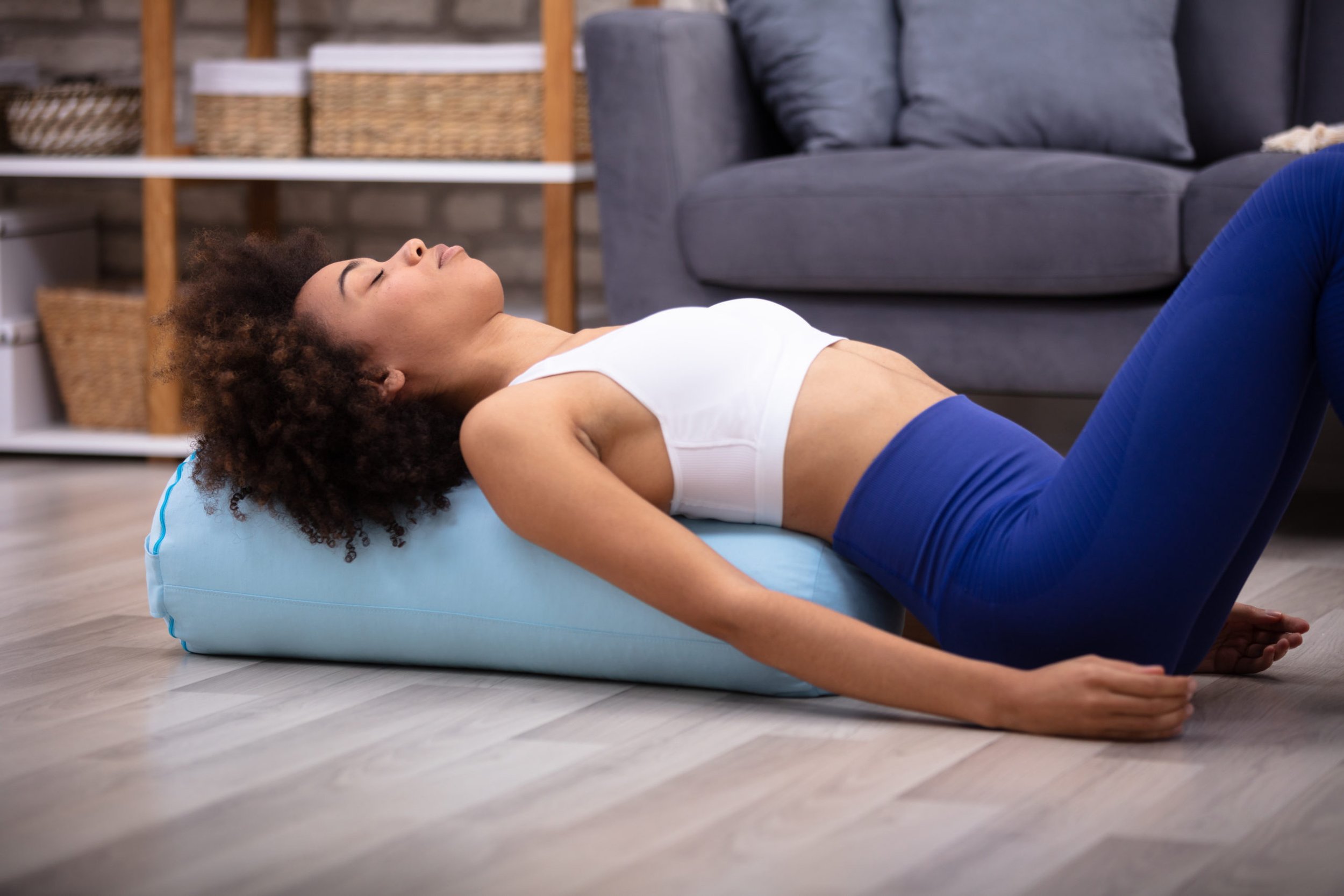Restorative yoga
Relax, rejuvenate and replenish…
Restorative yoga is a calming balancing style of yoga meant to relax, rejuvenate and replenish both your body and your mind. Many local studios offer restorative classes (including virtual), which is a great way to get started under the guidance of a professional instructor. And if you are practicing at home, it can be a lovely treat to drift into a relaxing slumber following a restorative yoga class!
Studio classes often utilize the support of bolsters, blocks and straps to ease your body into a fully supported posture. However, it is easy to set yourself up at home with common household items. All you need is a lightly padded surface, such as a yoga mat or a rug, a pillow and a blanket or two – even a stack of books will do!
In restorative yoga, poses are held longer, typically from 5 to 10 minutes. The goal is to melt or relax into the posture, being mindful of breathing and sensations of the body. The longer you hold the pose, the more benefit you will feel. Move slowly as you come out of any pose, especially if you have been holding it for a longer period.
Here are some simple poses to get you started.
Photo: Sara Wilmot
Child’s pose
Benefits: calms and soothes the body and mind; provides a gentle stretch to the knees and back; some women report the pose helps ease menstrual cramps.
How to do it: from a hands-and-knees posture (known in yoga as Table Pose), simply sink back onto your heels with your torso resting on your thighs. If the weight of your body is uncomfortable for your knees or ankles, you can put a cushion or folded blanket under your knees or between your hips and ankles. If possible, rest your forehead either on the ground or on a block or pillow. Your arms can be folded alongside your body or stretched out in front of you. A variation on this is to fold several blankets in a cylinder shape and place them vertically under the torso. Bend forward and drape your torso over the folded blankets. Let your arms come out in front of you or along your sides and turn your head to one side.
Legs up the wall pose
Benefits: An inversion is any pose in which your feet are above your head. These poses reverse the blood flow and help with circulation. They encourage more blood to flow to the brain. Legs up the Wall pose cools and calms the body and relaxes the mind. It also releases pressure on the ankles and feet. Note: inversions are not recommended for women during menstruation.
How to do it: Sit on the floor facing a wall. Scoot your hips toward the wall, lie back, and rest your legs up the wall with your heels resting against it. Some people may want their hips closer to or further away from the wall. You really can’t do it wrong. Some people find it comfortable to position a cushion under their hips. You can also put a rolled-up towel under your neck for additional support. A variation is to put your legs on a chair instead of up the wall.
Restorative heart opener
Benefits: This is a heart-opening stretch that calms the nervous system and creates more space in the front of your body. It can help to counteract slouching and support deeper breathing.
How to do it: Fold a blanket or two into a cylinder shape and place vertically behind you (or use a bolster). Lie back with the folded blankets extending from the small of your back to between your shoulder blades. A block or pillow can rest under head. Legs can be bent for a less intense pose or straightened. Arms can be in a T shape out to side or bent at a 90-degree angle (cactus arms). Ahhh. . . refreshed and renewed with a sense of peace, calm and positive energy!
Stephanie Javaheri, Erin Covey-Smith & Wes Covey contributed to this article.






